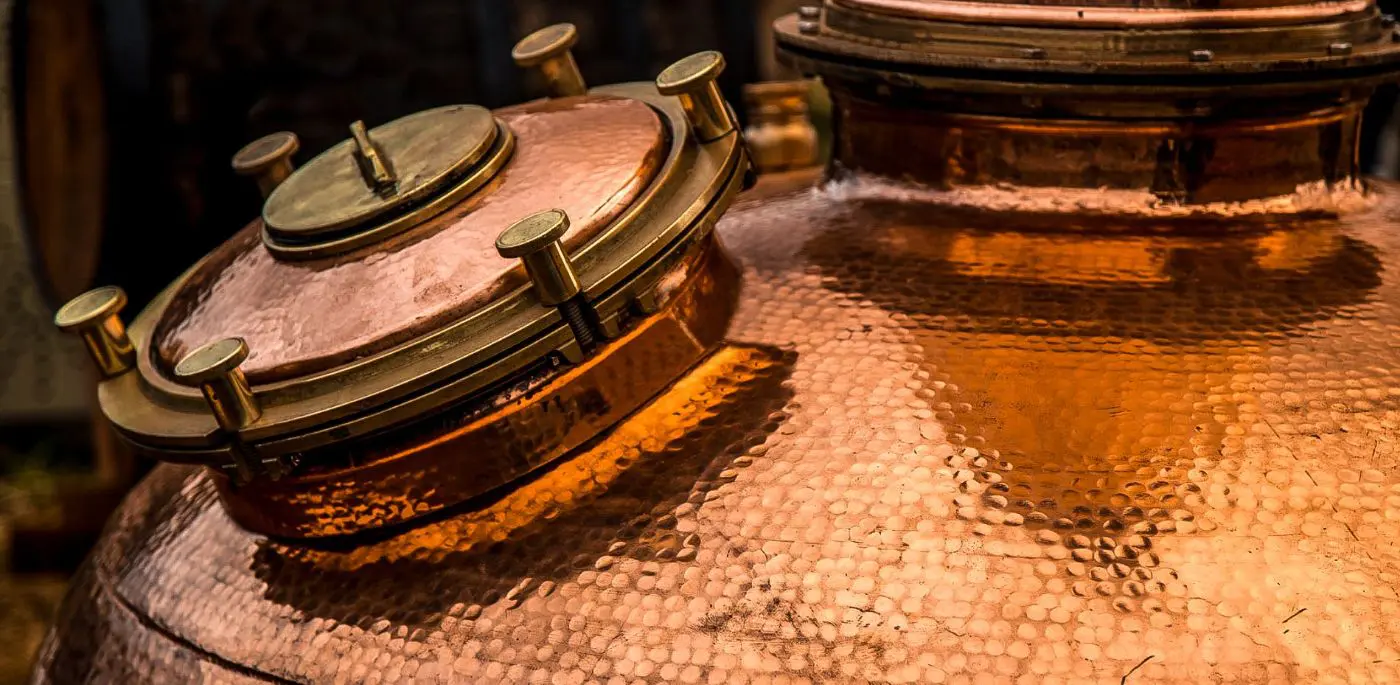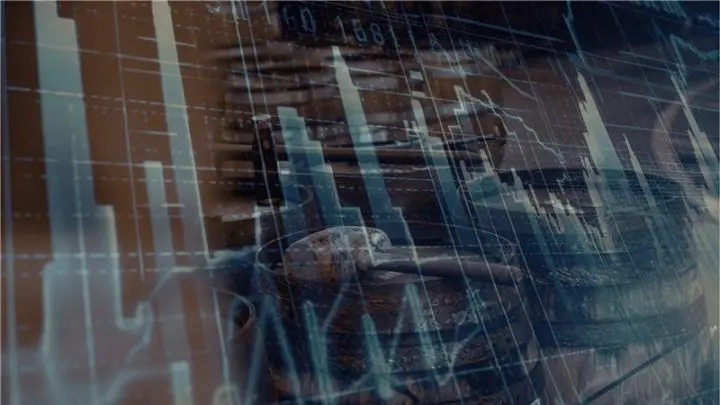
What is Triple Distilled Whiskey?
Ever looked at a bottle of whiskey in the shop and pondered the difference between a double distilled and triple distilled whiskey? Then read on. In this comprehensive guide to triple distilled whiskey, you’ll learn just what the term means, how it’s made, and why it’s so favoured by whiskey enthusiasts around the world.
Irish Whiskey & Triple Distillation
If you’re looking at labels of Irish Whiskey, you’ll observe a phrase repeated often: Triple Distilled. So just what exactly is triple distilled whiskey? And why do the Irish tend to love it so much? Part of it stems from time-honoured tradition, sure. The Irish have been doing it this way for centuries. But there’s a good reason why. Distilling a liquid three times—as opposed to the more traditional double distillation of Scotch Single Malt—results in a rounded, smoother spirit that is more inviting and more accessible to most palates.
Make no mistake, whiskey distillation is an incredibly complex process that takes years, even decades, to master. And using three separate stills to harness your whiskey distillate is something that tends to be even more arduous. Which is why you just don’t see it all that often outside of Ireland. The Irish remained committed to pot still distillation for generations, while the rest of the whiskey-producing countries of the world were turning to industrialised continuous stills that ran more efficiently but deprived the resulting distillate of richness and character (more on that later).
But for the discerning drinker, ever a fan of sensational Single Malt Irish Whiskey, the work, time and skill involved in triple distillation is non-negotiable. And so, when it comes to Irish whiskey investment, we choose to work with world-class triple distilled whiskey whenever possible. Our clients, in turn, appreciate the efforts and the hundreds of Whiskey Wealth Club reviews bear this out.
Are you ready to learn more about the history of triple distillation and why, exactly, it makes such great whiskey? We certainly hope so. Because we’ve spelled it out pretty plainly in the short read below.
Discover the profound process of whiskey distillation with Whiskey & Wealth Club, and the methods of triple distillation used to make rich and aromatic new-make, pot-still and single malt Irish Whiskey. Read on to discover how triple distilled whiskey is made, what that three-step process brings to the liquid, and why it’s one of the fastest growing spirits categories in the world.
What is Distillation?
Distillation is the process of heating and condensing an alcohol to concentrate the good components while jettisoning the undesirable elements. It also has the bonus effect of increasing the content of alcohol in the liquid from the fermentation. Master distillers will carefully monitor the process, eliminating the ‘heads’ which are filled with methanol, acetaldehyde and other unfavourable compounds. They then wait patiently to collect the ‘heart’, which is the whiskey distillate concentrated in ethanol, along with the unique flavours and aromas that make the category so special. Eventually, like any bell curve, that heart section will begin to subside, at which point the tails arrive, full of heavier, off-flavours. This, too, will be discarded by the meticulous distiller. Once the heads and tails have been cut, the remaining ethanol is then further distilled to create a smoother, more aromatic final product.
What is Triple Distilled Whiskey?
Distillation can be broken down into two main categories. There is continuous distillation, which occurs in a still shaped like a column and can be run efficiently without stoppage. The drawback from this industrialised method is that it creates a lighter liquid that robs the distillate of richness and character.
The preferred methodology for single malts is batch distillation, which involves those brilliant, bulbous copper vessels known as pot stills. Irish Single Malt as well as Scotch Single Malt requires the use of pot still distillation. A volume of fermented “distiller’s beer” is set into the bulbous part and heated up slowly towards the boiling point of alcohol (around 78 degrees Celsius) and then those vapours are collected through a condensing coil.
Scottish distillers will perform this action twice; first in a bigger, more bulbous, wash still—which gives us a “low wine” ranging between 21-30% alcohol by volume. Next it enters a spirits still, where that low wine is further concentrated and brought to as high as 70% ABV.
Ever the perfectionists, Irish Whiskey makers add another step to the process. In between the stills mentioned above is a feint still. When producing triple distilled whiskey, the first distillation process aims at pulling more alcohol and vapours from the fermented liquid. The third distillation focuses on strengthening the alcohol content and building more complex aromatic flavours into the whiskey, such as apple, pear and lemon notes. But that all-important feint still in the middle is doing a little bit of both, helping concentrate flavour compounds, while also rounding out and smoothing the overall body of the liquid. The result of the triple distillation, when worked properly, is a purer and lighter whiskey.
How to Distill Irish Whiskey
Historically, the Irish Whiskey industry was the first in the world to produce large quantities of whiskey using pot still distillation. As mentioned above, triple distilled whiskeys require this method. And it’s a good thing they do. It results in the rich, wondrous malts that have helped Irish whiskey become the global sensation that it has been for centuries.
And remember how we talked about the copper used in those brilliant, bulbous pot stills? Well, that’s not just because it makes them look all beautiful and shiny. Copper serves a specific purpose. Copper oxide from the inside of the still fuses with compounds of the whiskey during distillation to enhance its complexity and depth. Once the distillation has occurred for the third time, the resulting spirit is transferred into barrels and kept to mature for three years before it can legally be designated as Irish Whiskey. From there it will be shipped all around the globe. Close to $2 billion USD of the category will be exported annually and it’s an ever-growing category, with growth in the US alone rising 16% in 2021 and generating a record $1.3bn for distillers. For an industry that was on its knees at the end of the last century due to political wranglings, global conflicts and complex trade wars, it’s a triumphant comeback, to say the least.
So, yes, if you’re looking to invest in whiskey there is strong investment value to be tapped into here. We’re talking about a type of whiskey that’s amongst the fastest growing spirits on the planet. It has history, it has cache, and it has a provenance that can’t be replicated anywhere else. Irish Whiskey is Irish Whiskey—and nothing else. If you’re interested in whiskey investment, triple distilled Irish single malt is a category with a proven track record. At Whiskey & Wealth Club we’ve been working with this exciting category for years. And beyond the time-honoured, historic producers, there’s an exciting new generation of triple distilled liquids hitting shelves today. We’ve developed relationships with all of them. We provide new-make Irish Whiskey distillers the opportunity to conduct wholesale selling to private clients at heavily discounted rates. We also provide secure government storage facilities required for cask whiskey investment, followed by competitive insurance and a wealth of industry knowledge and support. With 2,000 clients, Whiskey and Wealth Club enables investors to enter the elusive world of cask whiskey ownership for Irish and Scotch whiskey. Get in touch with us today to discuss your financial aspirations and the cask whiskey opportunities at Whiskey & Wealth Club.

